2022/10/27/ · BioVeritas, a company that uses fermentation to upcycle food and agricultural waste into ingredients and other applications, received an additional $65 million this week from its majority

2022/10/27/ · BioVeritas, a company that uses fermentation to upcycle food and agricultural waste into ingredients and other applications, received an additional $65 million this week from its majority
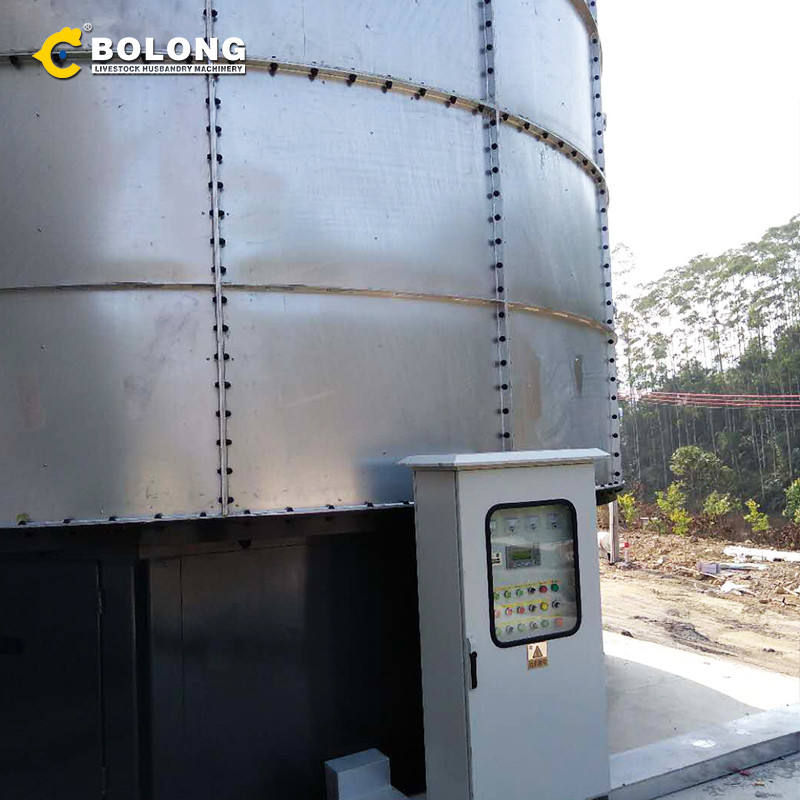
According to its manufacturers, microbial inoculum #1 contains Pediococcus lactis and Saccharomyces cerevisiae, Distribution of the bacterial community of food waste fermentation products. Rarefaction curves of the 16S rRNA gene reads derived from the Sobs index at the operational taxonomic unit (OTU) level after normalization (A ...
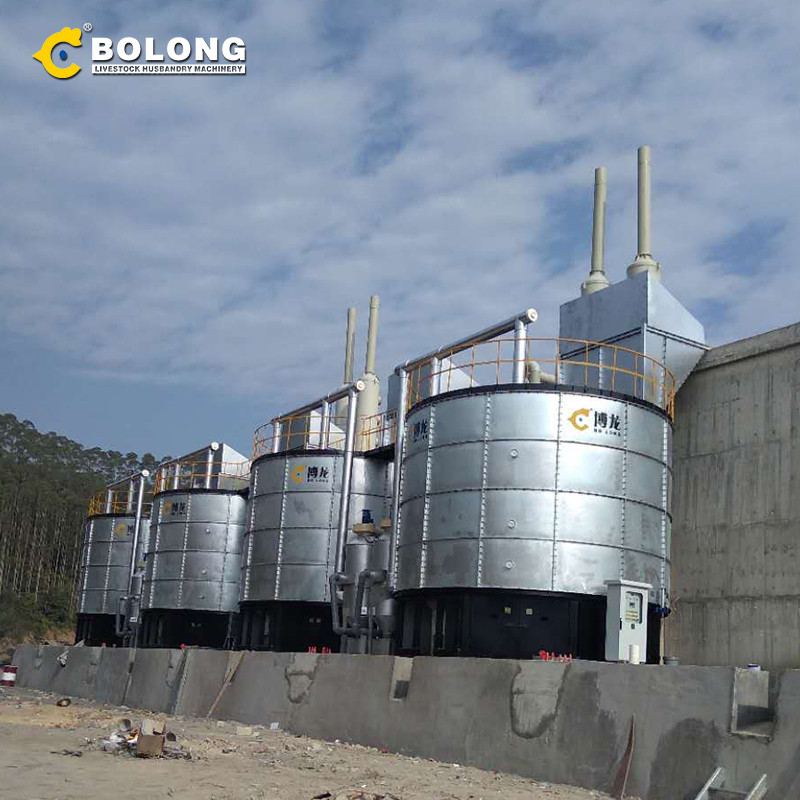
2023/12/1/ · The biodegradation of perchlorate (ClO 4-) in contaminated environments often requires extra electron donors and carbon sources.This study investigates the use of ambient aerobic pretreatment technology combined with anaerobic fermentation of food waste to produce fermentation broth of food waste (FBFW) and enhance ClO 4
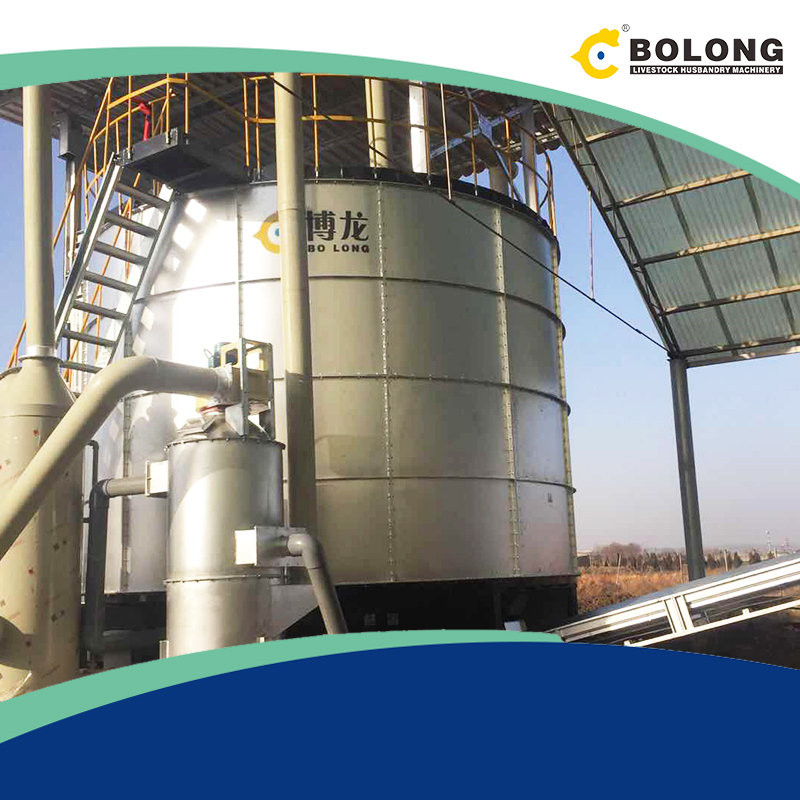
2024/2/20/ · Furthermore, in practice, the content of alcohols and acids is not solely determined by the components of food waste. For instance, Feng et al. (2018) found that the primary component in the food waste fermentation broth is lactic acid when the pH ranges from 3.2 to 4.5. However, when the pH is between 4.7 and 6.0, the fermentation process

2024/3/12/ · Acidogenic fermentation is an emerging biotechnology that allows for the utilization of food waste as a feedstock to produce high-value products such as short-chain fatty acids (SCFAs), effectively offering a tangible solution for food waste management as well as resource recovery. The objectives of the current study were to identify the ideal
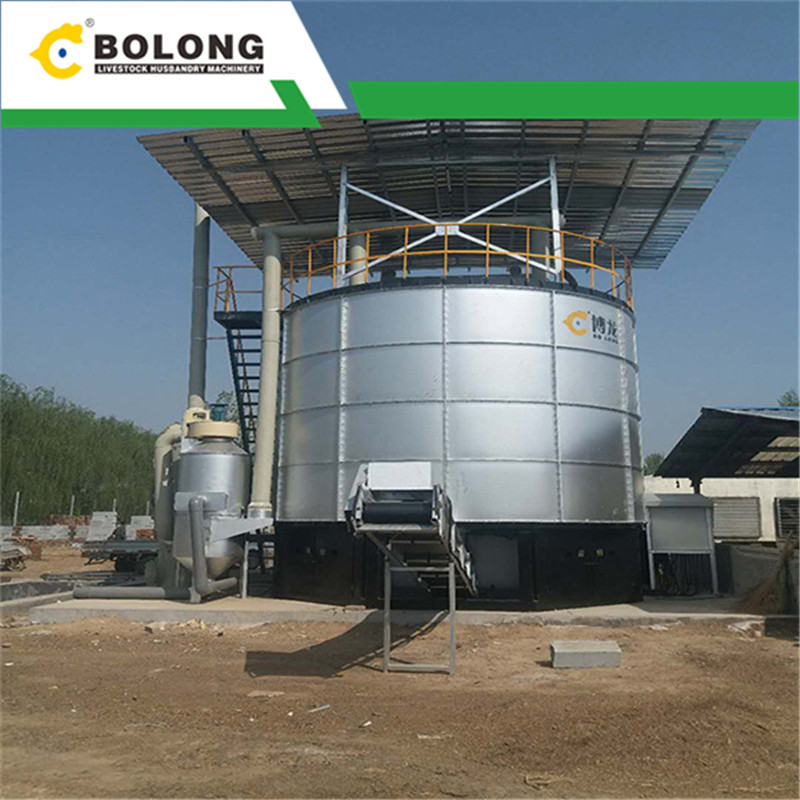
2019/11/27/ · Food waste (FW) is one of the most critical problems in the world. Most FW will be sent to landfills, generally accompanying some significant disadvantages to the surrounding environment. Fermentation is considered as another disposal method to deal with FW. In this study, using a techno-economic analysis (TEA) method, an evaluation of the

2021/7/1/ · Request PDF | Enhancing volatile fatty acids (VFA) production from food waste in a two-phases pilot-scale anaerobic digestion process | The bio-based production of added-value products and energy

2024/2/28/ · At present, literature reviews on the analysis and discussion of the bioproduction of aroma compounds through the fermentation of agri-food waste are available [13,14,15,16,17,18,19]. However, these reviews report on the findings of studies carried out from the late years of the last century to the first two decades of the twenty

Changes in aerobic fermentation and microbial community structure in food waste derived from different dietary regimes Yanzeng Li a, b, Zhou Chen a, b, Yanyan Peng a, Kaiming Zheng c, Chengsong Ye a, Kun Wan a, b, Shenghua Zhang a, * a Key Lab of Urban Environment and Health, Institute of Urban Environment, Chinese Academy of Sciences, Xiamen 361021, China

2016/11/16/ · 5. Food Industry Waste (Global Status) Food waste is generated from the non-products flow of raw materials, whose collection and processing for reuse cost more than their economic value, and are thus discarded as waste. An estimated 89 million tonnes of food waste is produced every year in the European Union (EU)-27, with the manufacturing

2012/10/1/ · The fermentation waste, produced by many food factories, includes chemical energy, carbon sources, and lactic acid bacteria. Such waste is ideal for anaerobic digestion,
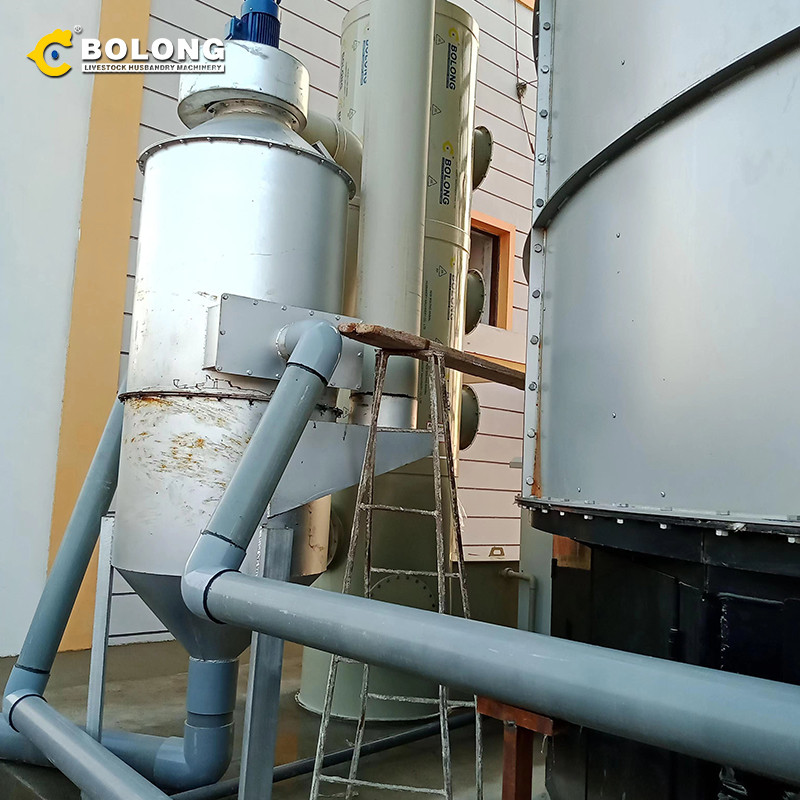
2022/9/1/ · The investment done on the following: a) agricultural production (including water, fertilizer, pesticides, feed or seed), b) transportation, c) processing, d) food preparation, e) employed resources for waste disposal generated thereof, resulting in a total capital loss which is an aggregate sum of the above investment (Sharma et al., 2021a).The

The plant-based food manufacturing sector is currently under expansion and is generating large (De Groof et al.,2019), fermentation of date palm waste to produce lactic acid as an alternative

2015/9/15/ · Background Waste is currently a major problem in the world, both in the developing and the developed countries. Efficient utilization of food waste for fuel and chemical production can positively influence both the energy and environmental sustainability. This study investigated using food waste to produce acetone, butanol, and ethanol (ABE) …

2023/10/22/ · Significant amounts of fermented food waste are generated worldwide, promoting an abundance of residual biomass that can be used as raw material to extract bioactive peptides, fermentable sugars, polyphenols, and valuable compounds for synthesizing bioproducts. Therefore, generating these high-value-added products reduces the …